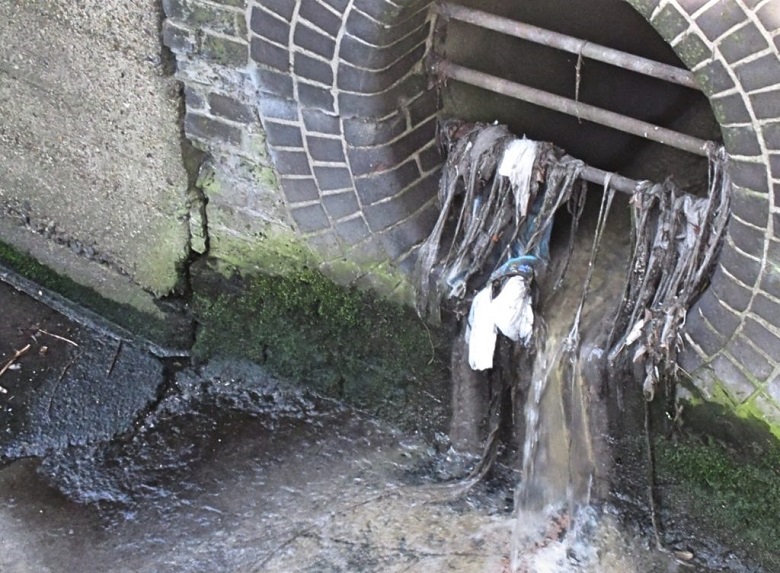Thames Water saves environment from thousands of incorrectly plumbed domestic appliances
Friday 4th September 2020 11:02

Thousands of incorrectly plumbed toilets, washing machines and dishwashers that pollute rivers and streams have been uncovered by Thames Water.
Misconnected pipes from household appliances can allow wastewater, some of which contains dangerous chemicals, to get in to surface water sewers, which are designed to hold rainwater and drain into natural watercourses.
By ensuring they are properly connected to the wastewater sewer network, Thames Water has removed 117 million litres of wastewater flowing into the environment every year, the equivalent of 47 Olympic swimming pools.
Over the last five years, the UK’s largest water company has identified more than 8,000 misconnected appliances at thousands of properties across London and the Thames Valley.
The company’s waste networks team is now planning to carry out more than 1,000 additional inspections across the region, with a focus on the capital, to ensure misconnections are avoided.
Stephen Barry, Thames Water’s environmental protection manager, said: “Household appliances which are connected to the wrong drainage pipe can have a serious impact on the environment.
“Most misconnections have been done entirely by accident but we would urge anyone installing a new appliance or fitting new connections to make sure they’re plumbed in properly. Failing to do so can also lead to extremely expensive repair bills.
“We’re pleased to have found so many of these misconnections over the past five years and helped owners fix them but we’re determined to keep doing more to ensure all wastewater is taken to our sewage works where it can be safely treated.”
A spokesperson for Kingston Council in London added: "As a borough we are fortunate to be on the banks of the Thames and have rivers such as the Hogsmill and Beverley Brook flowing through our communities. We want to ensure that these places are as clean and unpolluted as possible.
"We welcome this initiative by Thames Water to combat misconnections and reduce the amount of polluted water entering our rivers."
The most commonly-found misconnection was on kitchen sinks, followed by washing machines and hand basins. Other appliances included dishwashers, toilets, baths and showers.
Engineers visiting properties around the region were also able to identify other issues which could lead to pollution, including blockages in the pipes or defects in the sewer itself.
Thames Water works with environmental groups, the Environment Agency and local authorities to identify points where pollution is entering waterways to spot possible misconnections.
If pollution is spotted, an extensive investigation then takes place to identify the offending properties. Responsibility for fixing misconnections lies with the property owner.
Find out more information about misconnections and how to avoid them.
